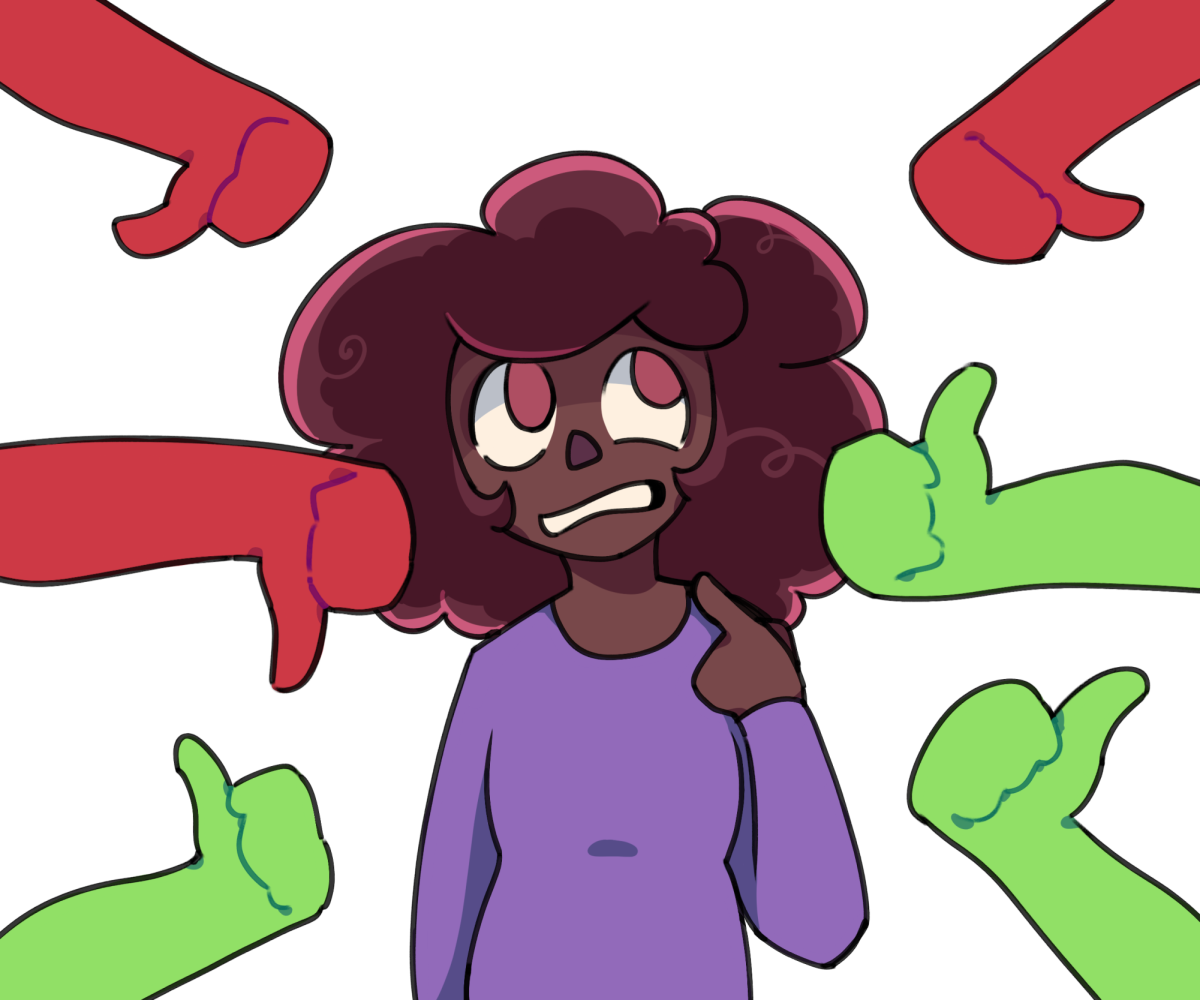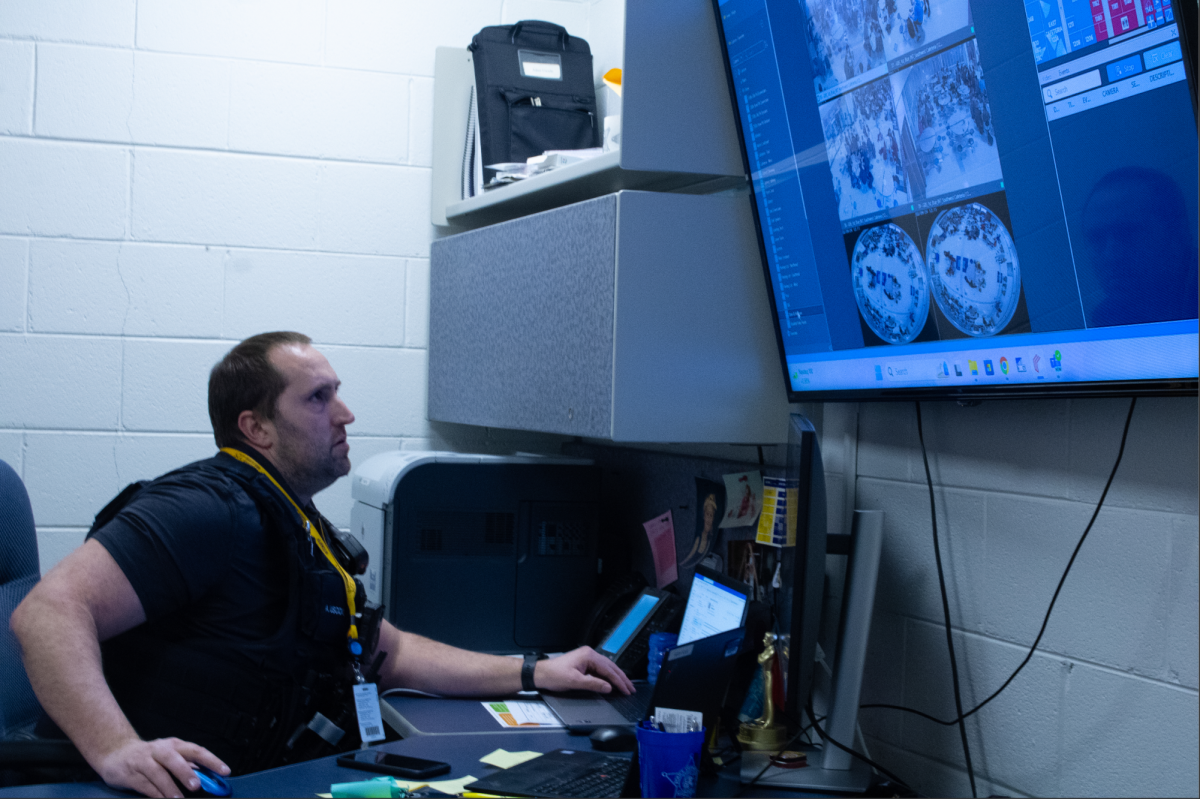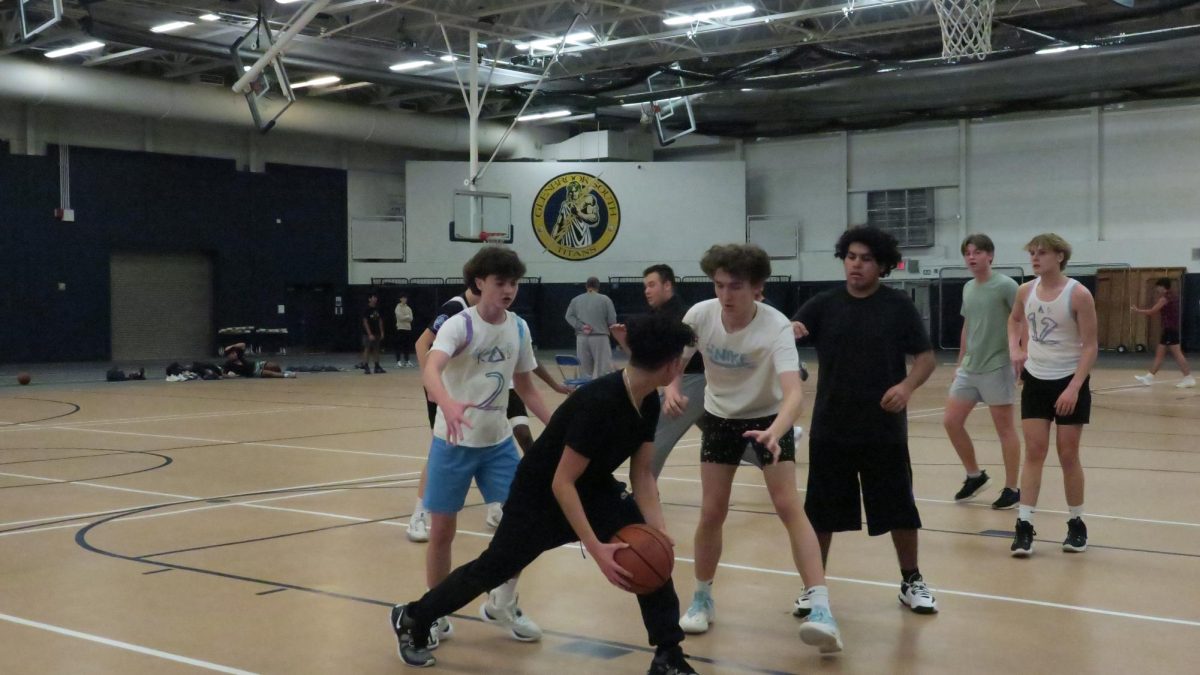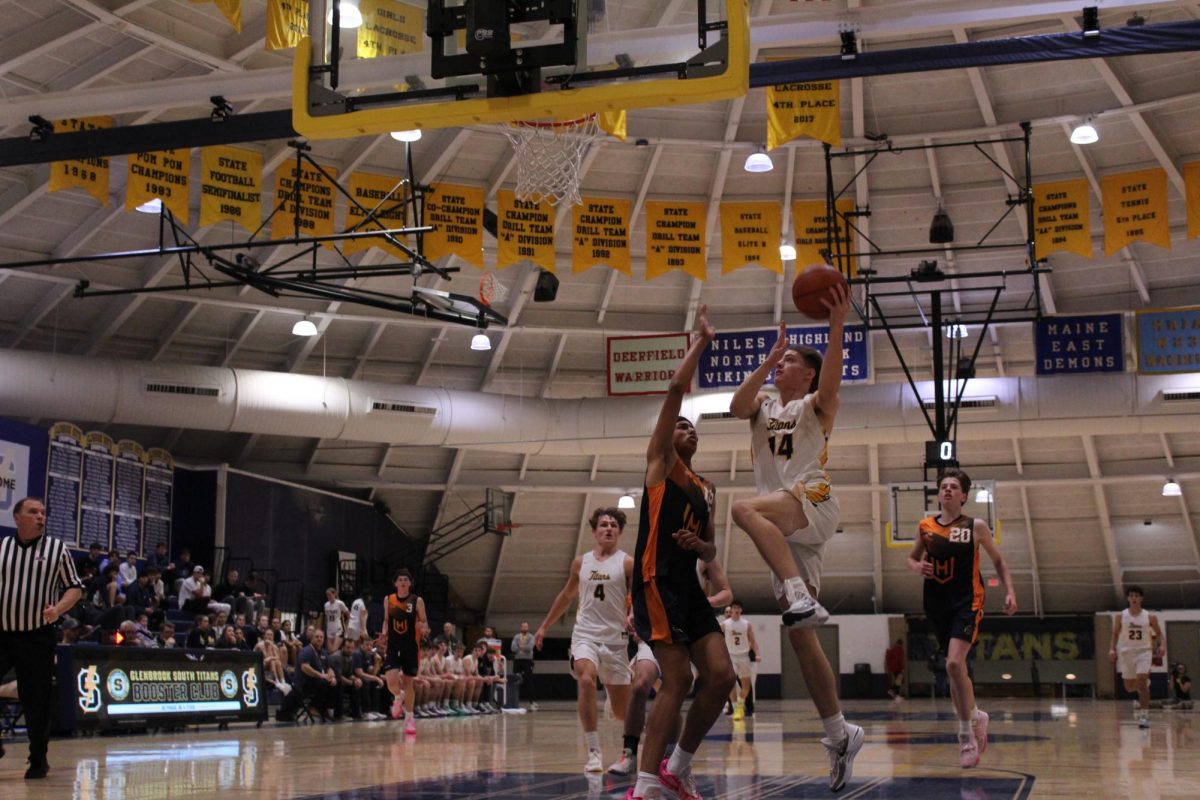“Think outside the bun.” “Taste the rainbow.” “Just do it.” While these slogans and many others from the media are recognizable by young people, some messages sent from the media have become harmful. Ideas about body image, teens, and violence delivered through magazines, movies, and websites -influence the thoughts of many South students.
TEEN IMAGE
Media has further constructed a seemingly perfect image of a teen that some people find difficult to live up to. The image of alcohol and drugs in the media has particularly influenced South students.
According to foxnews.com, in a study of 6,500 adolescents between 10 and 14 years of age, those exposed to the most movies with alcohol were more than twice as likely to start drinking and binge drinking.
“There’s a lot of shows where it seems like one kid can look like a model, be an overachiever, and still manage to have time to get drunk every weekend,” junior Elaine Jeff* said. “What teenager doesn’t want to be like that?”
While the media itself has not driven Jeff to partake in illegal behavior, she believes it has reassured her decisions.
“I would probably [do illegal things] anyways, but seeing [people] break the law on shows just makes it seem more okay,” Jeff said. “Then, I don’t feel like what I’m doing is out of the ordinary. [People on shows] always do it and never get caught.”
According to senior Alexander Evans*, the media has brought attention to drugs and alcohol by “flaunting” the use of them.
“[The media] makes [drugs] seem not out of the ordinary to do,” Evans said. “Personally, every choice that I’ve made with drugs has been based on myself, and not the media, but that’s not the case for everyone.”
Junior Kaleb Koch believes the media has at times tempted him, but he is able to rely on his morals to stay away from substances.
“On TV or movies they will have scenes where people are partying and drinking,” Koch said. “They always seem to make it look like everyone is having a blast. I was always told that [drinking] was fun, but the problem with it is that it takes your life off track, along with drugs.”
Additionally, students have felt obligated to live up to certain ideas created by the media.
According to junior Elsie Mosel, the movies and music she listens to have driven her to crave a romantic relationship.
“For me, sometimes I struggle finding songs that don’t have to do with relationships,” Mosel said. “For me, I think music makes me want to have a guy more than anything else […] because you just hear how happy people are when they sing about love. If movies and songs didn’t make having any type of loved one seem so great, we wouldn’t really crave it as much, because we wouldn’t see everything being perfect and wish we were them.”
According to Mosel, the intimate feel of the music she listens to compels her to feel this way.
“[Music] captures love really well, and that is a lot of the type of music I listen to,” Mosel said. “I think that rhythm is really good and the instruments in love songs are really good.”
Mosel believes that she wouldn’t feel so compelled to be in a relationship if there were fewer “happy endings” in media.
“Love stories should end in a different way,” Mosel said. “Maybe a girl finds her career is more important than the love of her life that turned her down. You have to show both situations, instead of only showing the happy ending, because that will make girls just crave it so much [more].”
BODY IMAGE
Senior Scott Rog believes media “creates an image of ‘perfection’ that isn’t real.”
An Oracle-conducted survey of 217 students revealed that 53 percent of students believe the media affects the way they personally feel about their body.
Junior Amelia Lane* believes the media creates a standard of how people should look.
“Because the media has influenced the way that people think they should look, it makes someone who is pretty skinny […] view themselves as not as skinny or pretty as a model or someone else,” Lane said.
Lane noted that the influence of the media on girls might begin before many realize.
“With Barbie’s, they are perfectly skinny,” Lane said. “That is one way that little kids are already getting influenced by the media at a young age. It’s just ingrained in your mind that that’s what you should look like.”
“Dove Evolution”, a short film directed by Tim Piper and Yael Staav, has gained popularity since its YouTube upload on Oct. 6, 2006, with about 14.5 million views. This film follows a woman’s transformation through a photo shoot with before, during and after shots. The result is a Photoshop creation, giving her an elongated neck, enlarged eyes and more.
Lane believes images set forth by models are unnatural.
“It’s all artificial what they are doing to her [in the video],” Lane said. “[…] She has imperfections and they are trying to make it perfect. We all have our flaws, and we all have the things we want to change about ourselves. I think keeping it more natural would be better.”
She believes that introducing healthier, “more normal” faces into the media would help girls not feel a need to be “unhealthily” thin.
According to media-awareness.ca, Titanic star Kate Winslet’s front-page picture on a 2003 GQ magazine was enhanced to make her appear taller and skinnier.
Many were up-in-arms about the overly photoshopped image, including Winslet herself.
“I don’t want people to think I was a hypocrite and had suddenly gone and lost 14 kilos, which is something I would never do, and more importantly [I] don’t want to look like that,” Winslet said. “They made my legs look quite a bit thinner. They also made me look about six feet tall, which I’m not. I’m 5’ 6”, and you know I have got muscly legs. [My family is] quite proud of our muscly, strong legs and hips and all the rest of it.”
Lane questions the media’s integrity, as pictures are often Photoshopped.
“Editing the person’s body is showing that the media wants to be artificial,” Lane said. “It just shows that even the models aren’t perfect. If the models aren’t perfect, how is everyone else supposed to be perfect?”
VIOLENCE
Media messages regarding violence can be seen in news reports about murder, video games with machine guns and even Saturday morning cartoons with stacks of dynamite exploding.
According to crisisconnectioninc.org, media violence teaches children to behave aggressively toward others, as they learn to use violence instead of self-control to solve problems.
Senior Julia Steffen believes violence in the media influences people to be more accepting of violence in the real world.
“Violence and aggression are depicted in nearly all TV shows and movies, even when the genre is, ironically, comedy, [and] not thriller, action or drama,” Steffen said. “This gives viewers the impression that violence is a common and acceptable response to a disagreeable situation.”
According to a crisisconnectioninc.org survey, 73 percent of perpetrators in the media go unpunished, which gives the message that violence will not result in any repercussions.
“Children learn their attitudes about violence at a very young age and these attitudes tend to last,” according to crisisconnectioninc.org. “Although TV violence has been studied the most, researchers are finding that violence in other media impacts children and teens in many of the same harmful ways.”
Junior Thomas Neuman does not believe video games have affected his view of violence. In contrast, Neuman believes video games and other electronic interactive media can serve as outlets for violence.
“Instead of going out and hurting people you may or may not care for, you can inflict virtual electronic pain on a non-real entity as a release of that same anger,” Neuman said.
Furthermore, Neuman does not believe video games influence increasingly aggressive behavior in real life.
“Despite media outlets attempts to convince the public otherwise, well-adjusted individuals are able to differentiate between the electronic computer world and the true physical one,” Neuman said.
Real life violence, as opposed to computer generated violence, is seen so much in the media, according to Steffen, that it increasingly ceases to provoke reactions from viewers.
While Steffen believes it is naïve and impractical to think that all violence can be eliminated in the future, she thinks that violence can be reduced.
“People need to be made aware of the consequences their actions have for themselves and those around them,” Steffen said.













